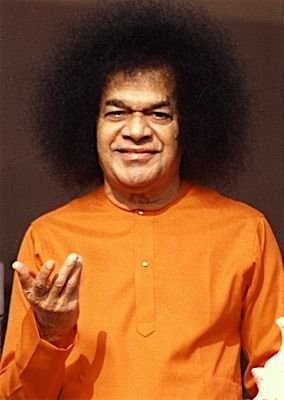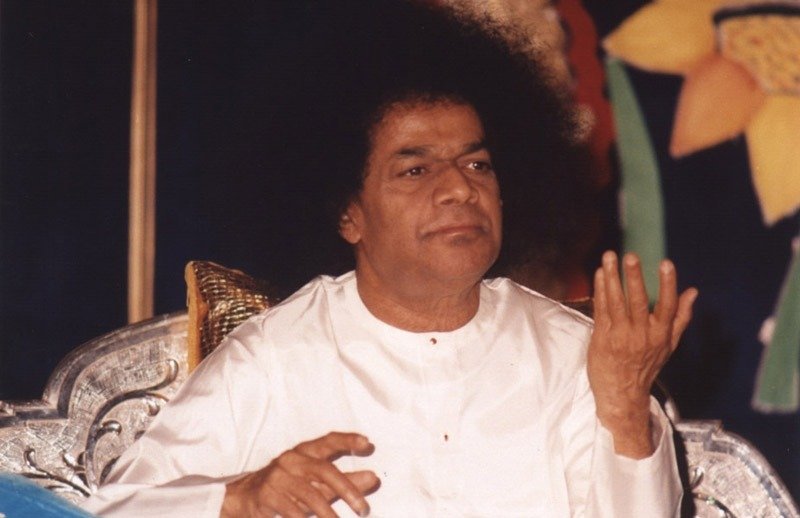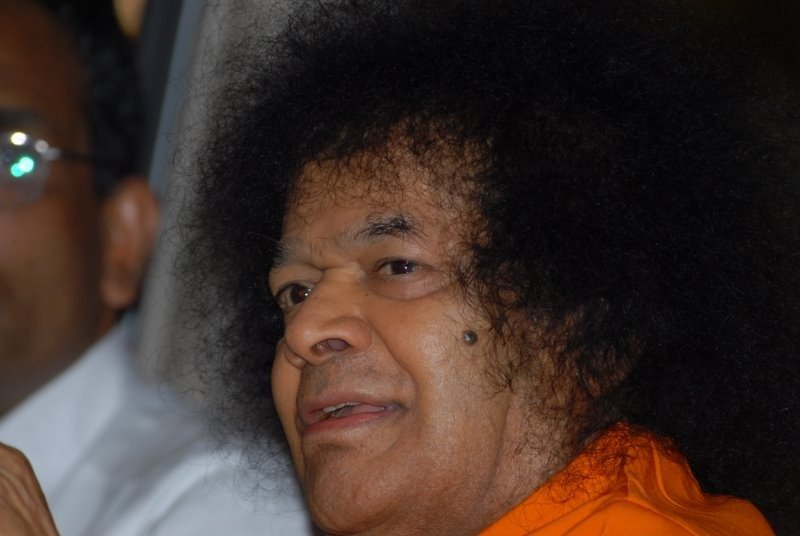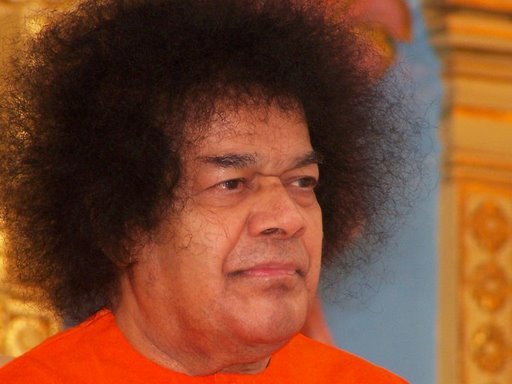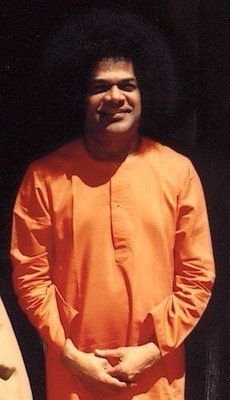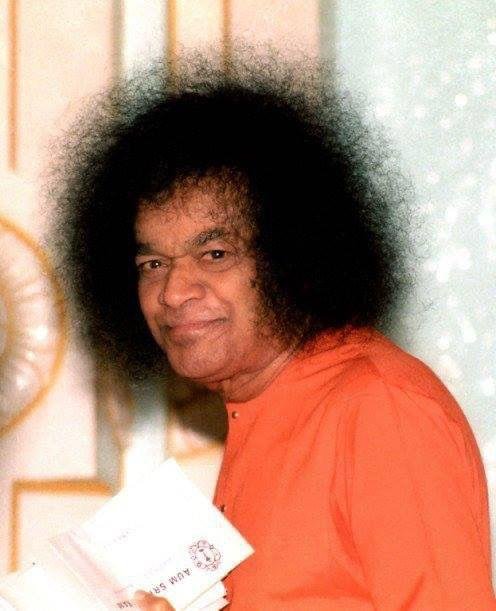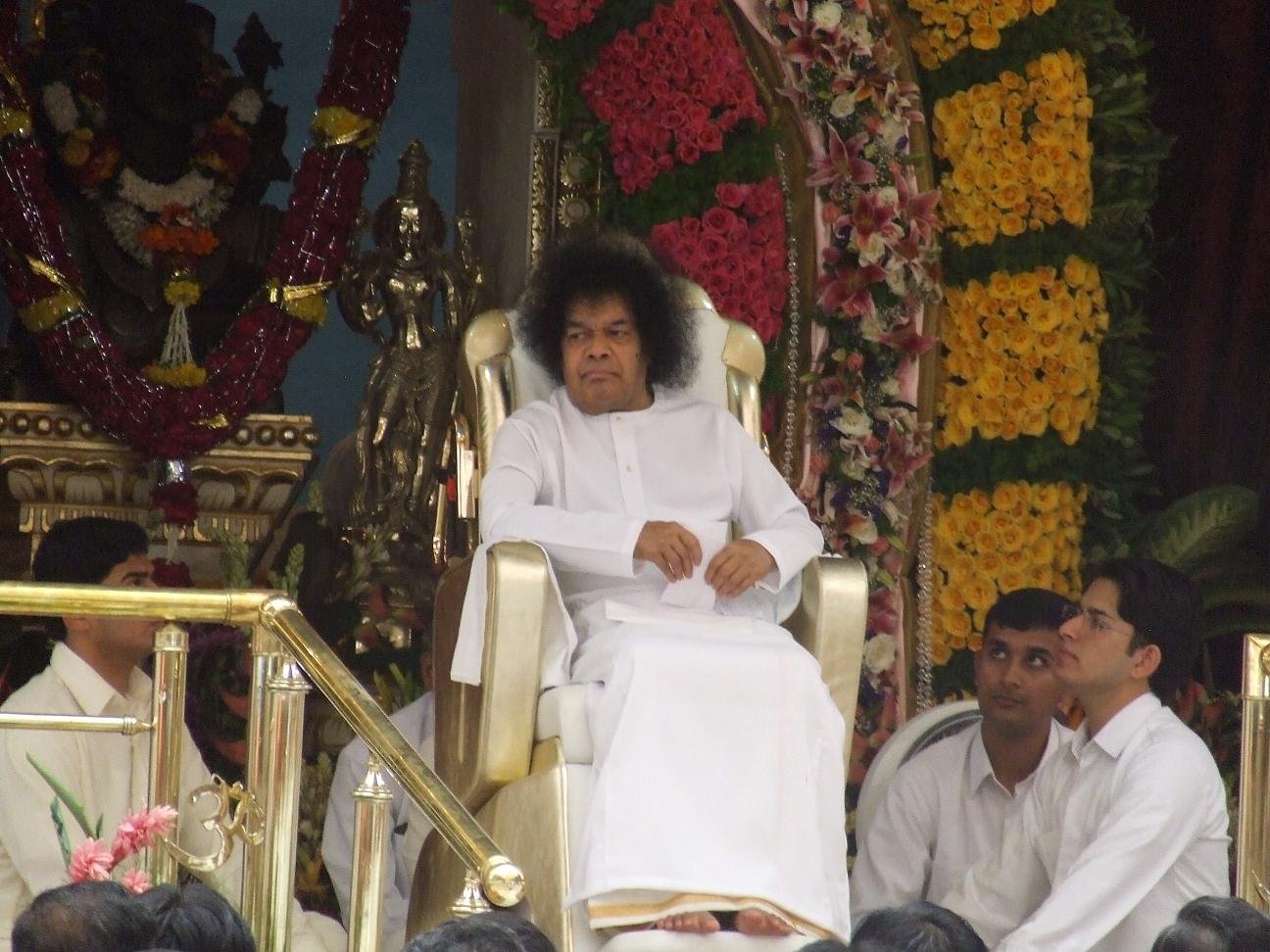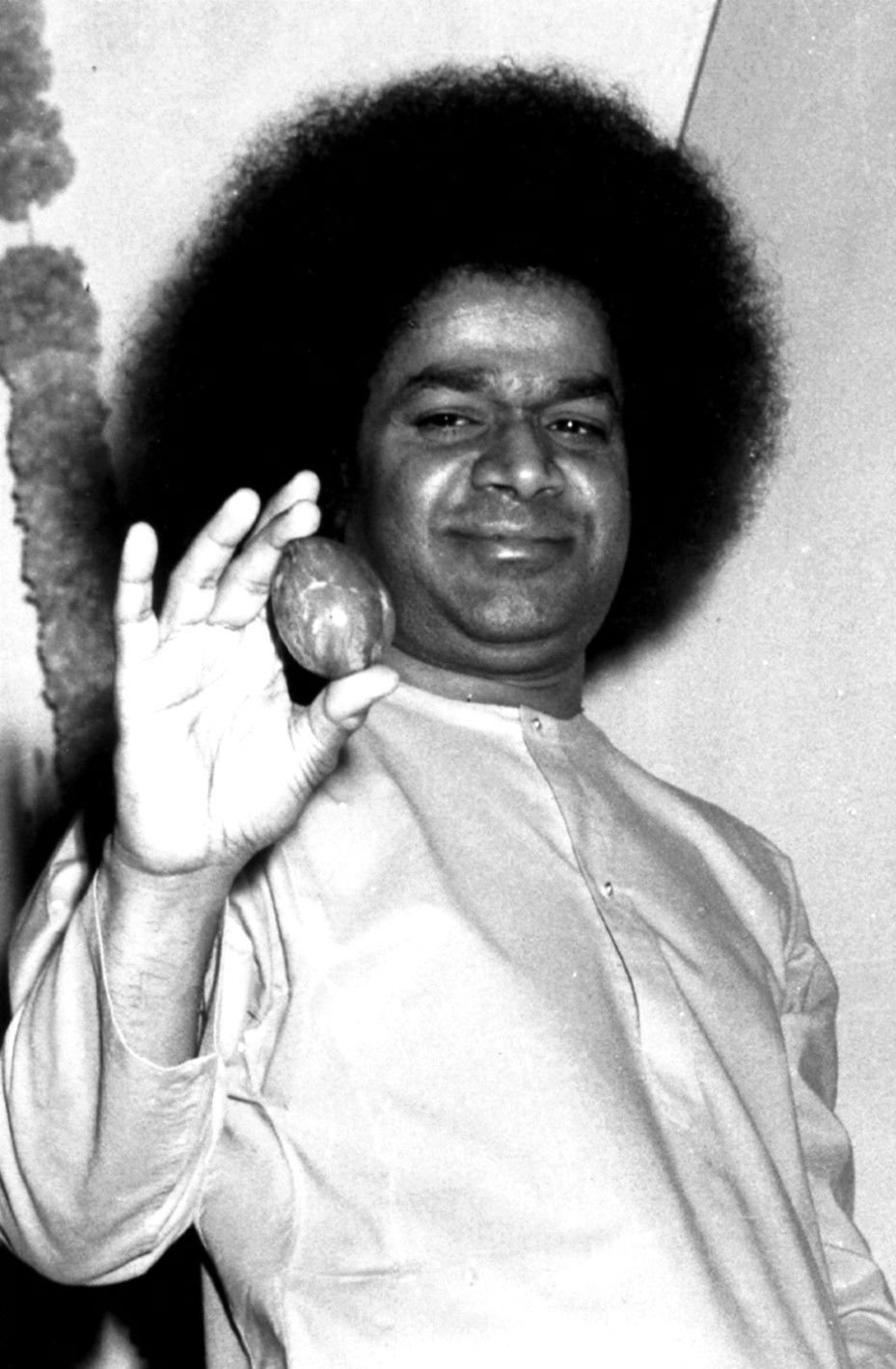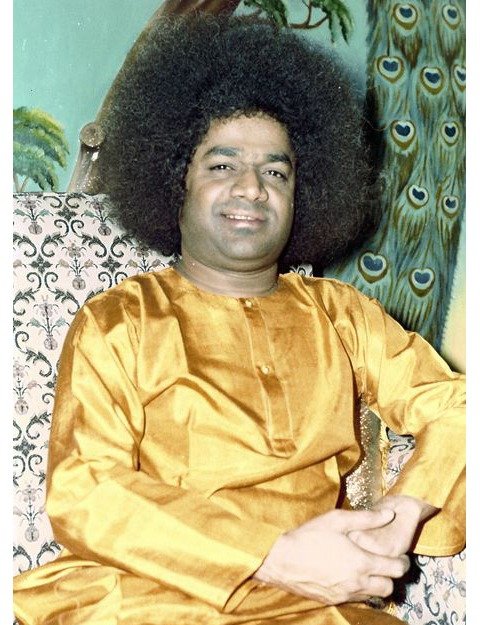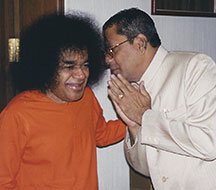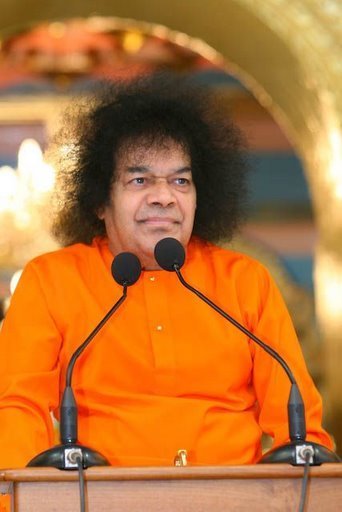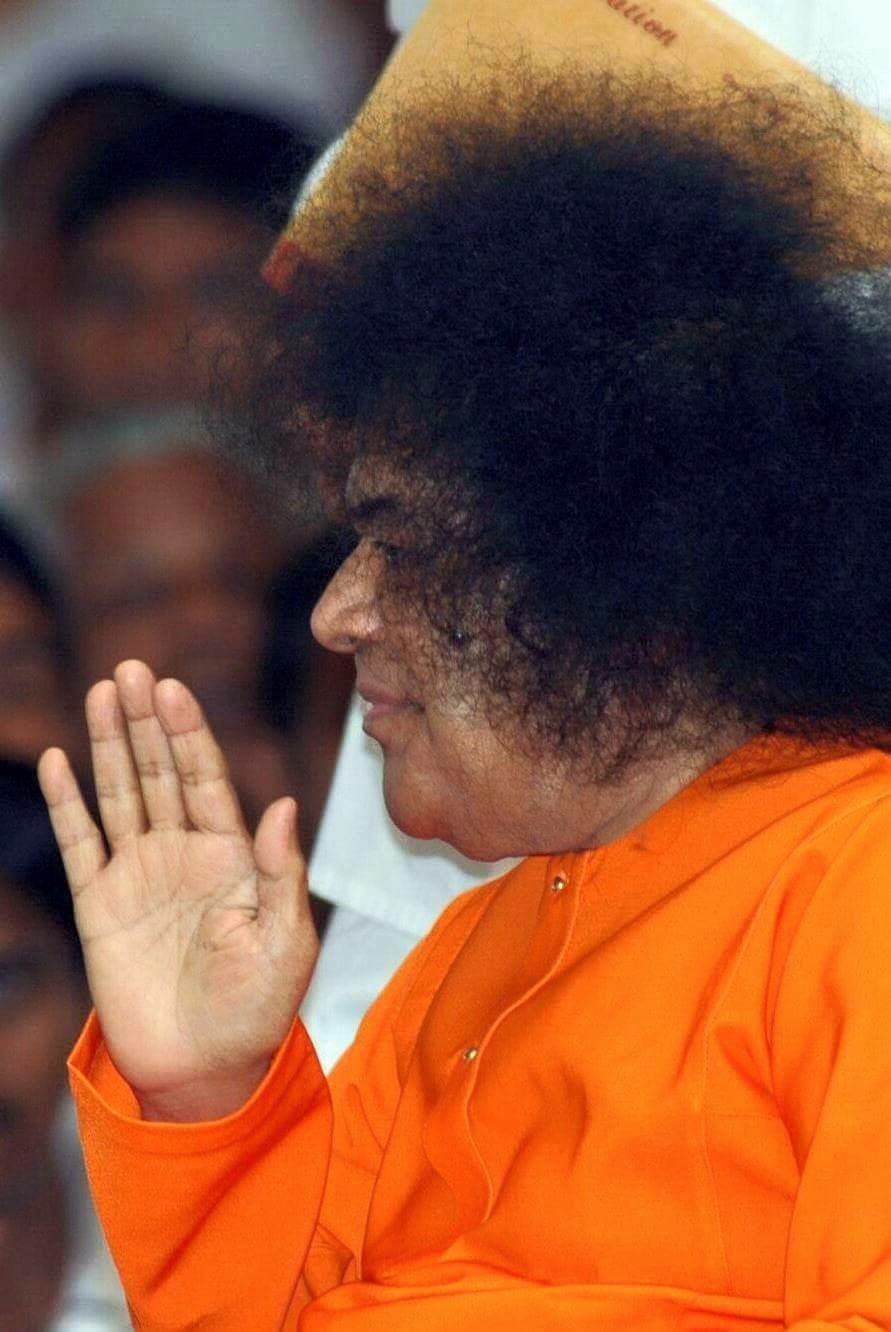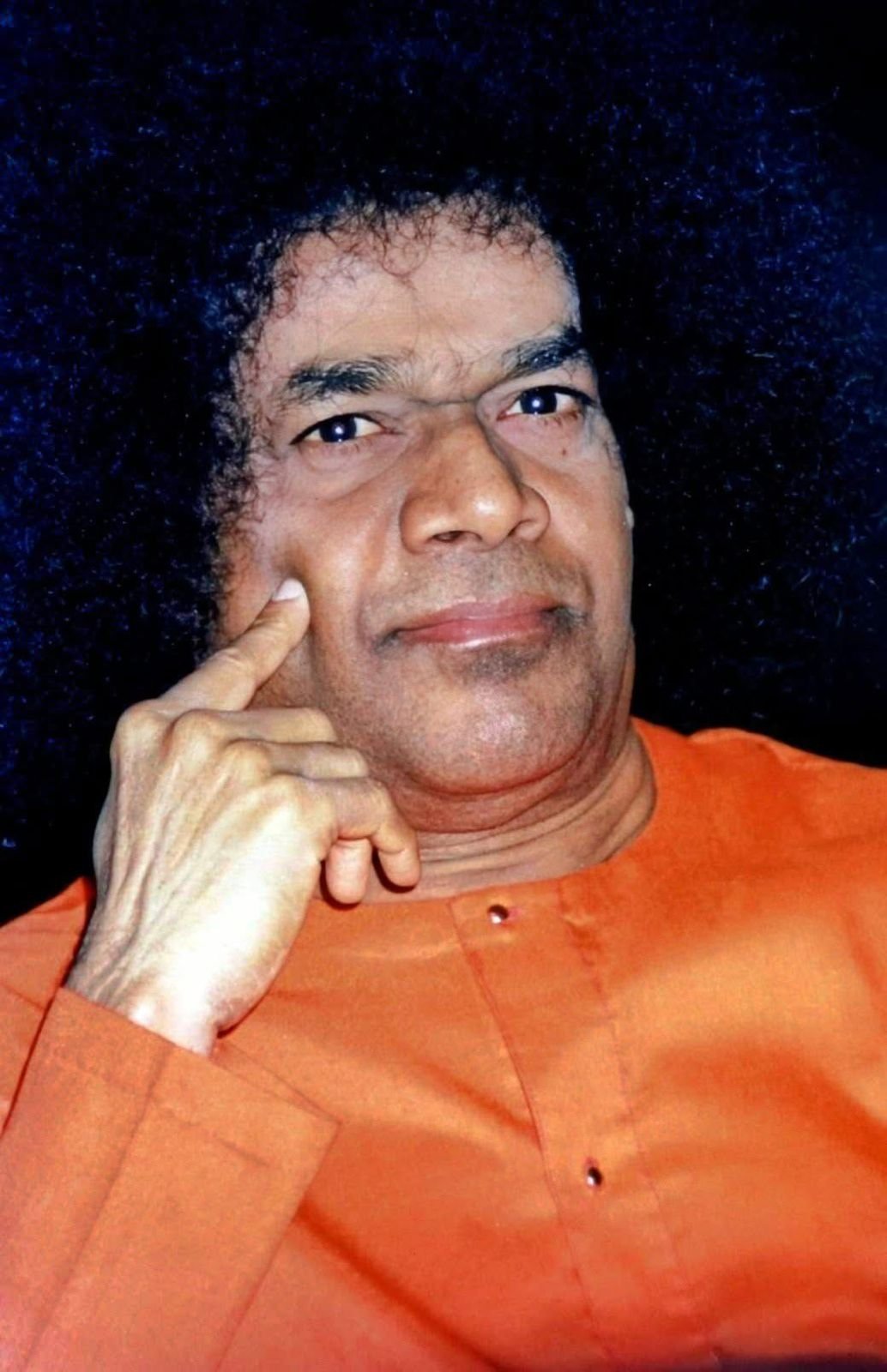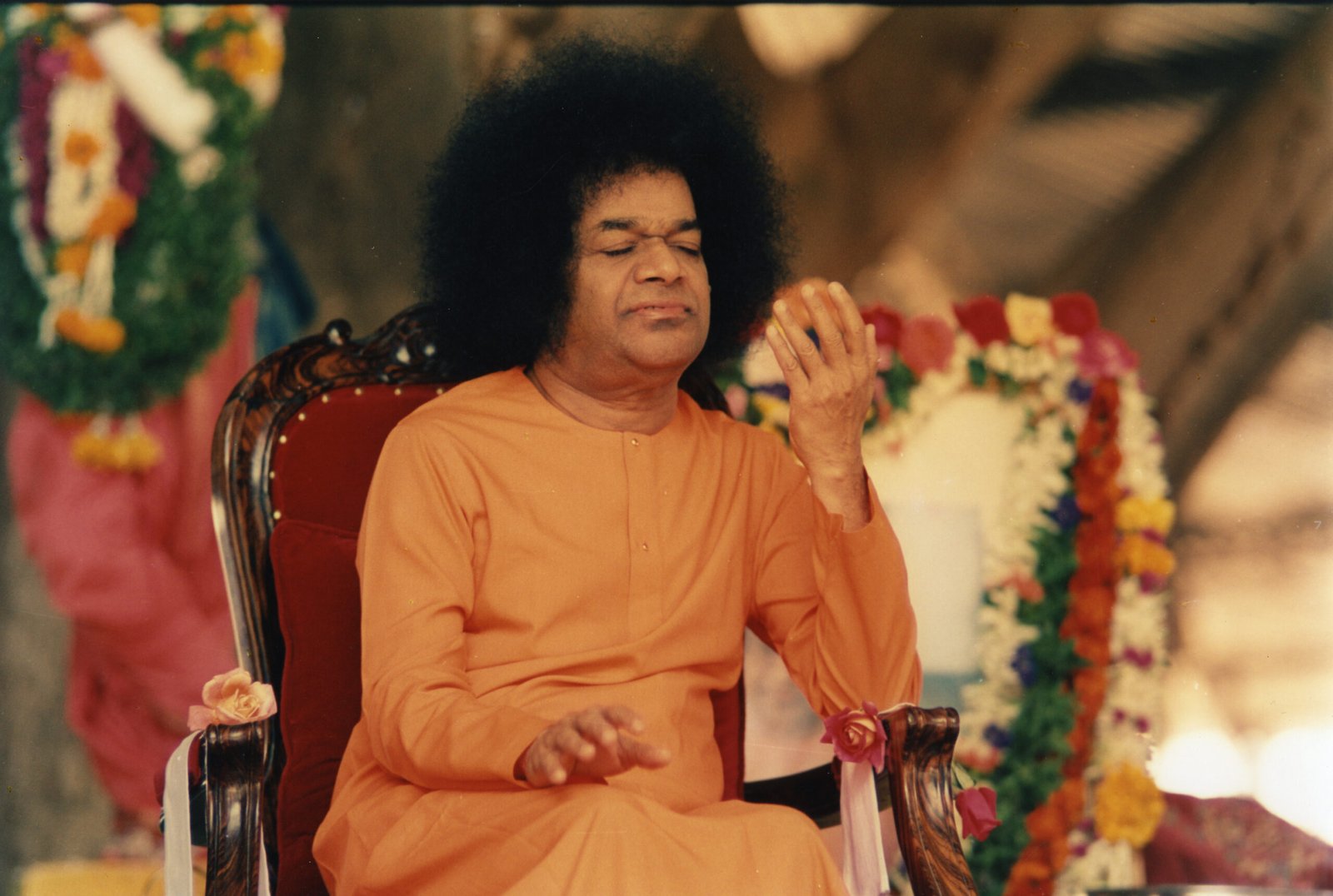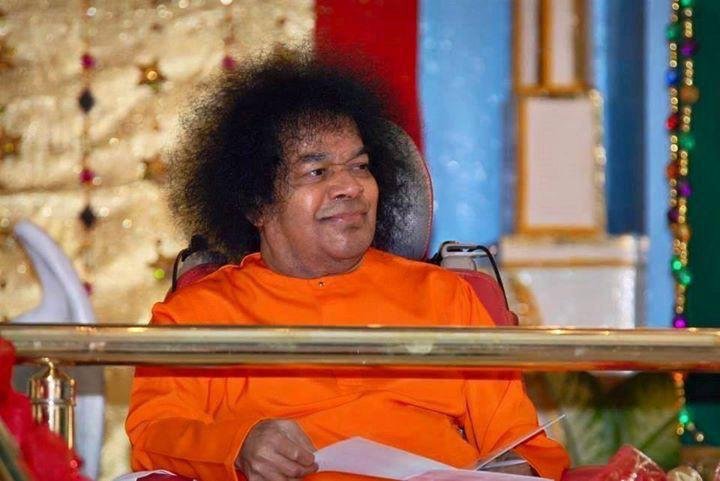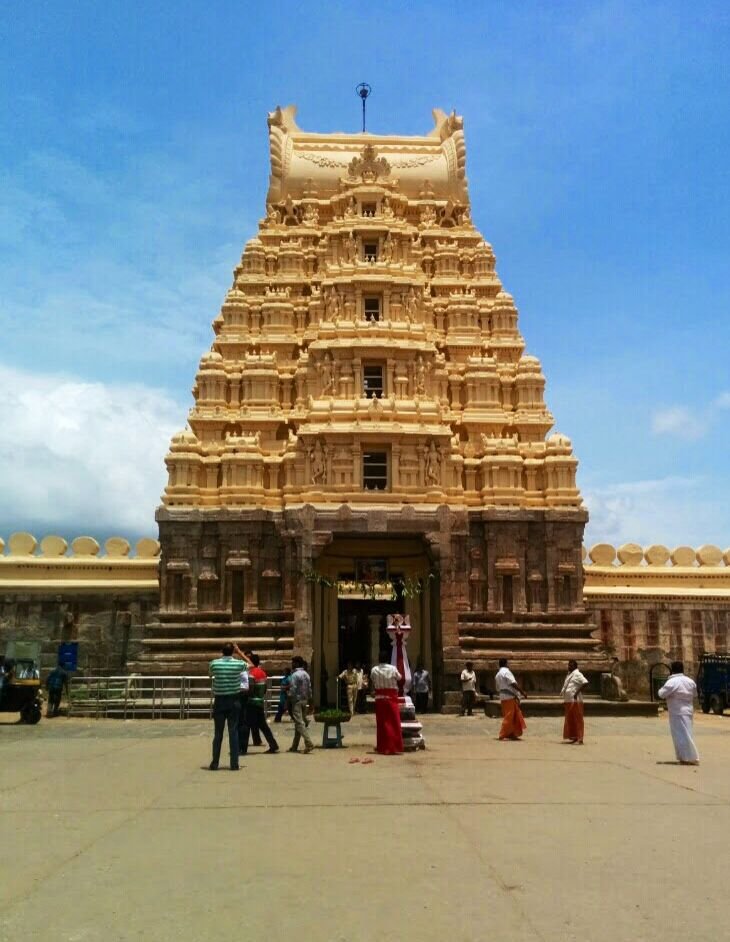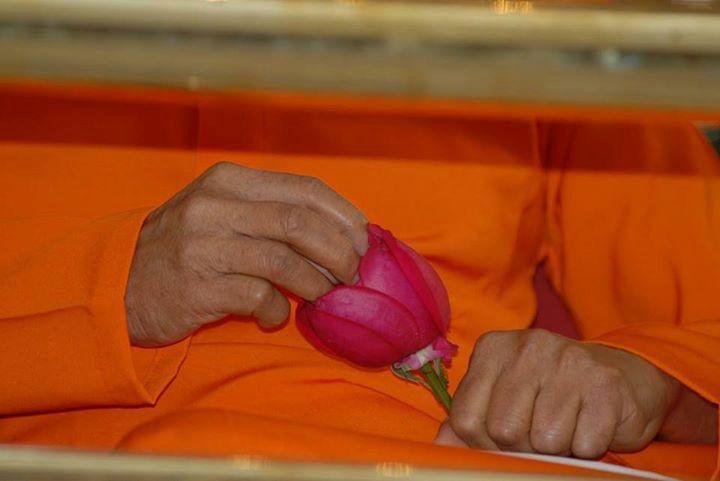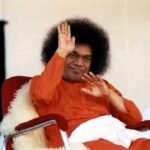
The Meenakshi Devi Temple is not only a sacred abode of worship but also a masterpiece of ancient Indian architecture, adorned with thousands of colorful sculptures and mandapams. It is believed that Goddess Meenakshi herself ruled Madurai, making this temple a living symbol of feminine divinity and power.

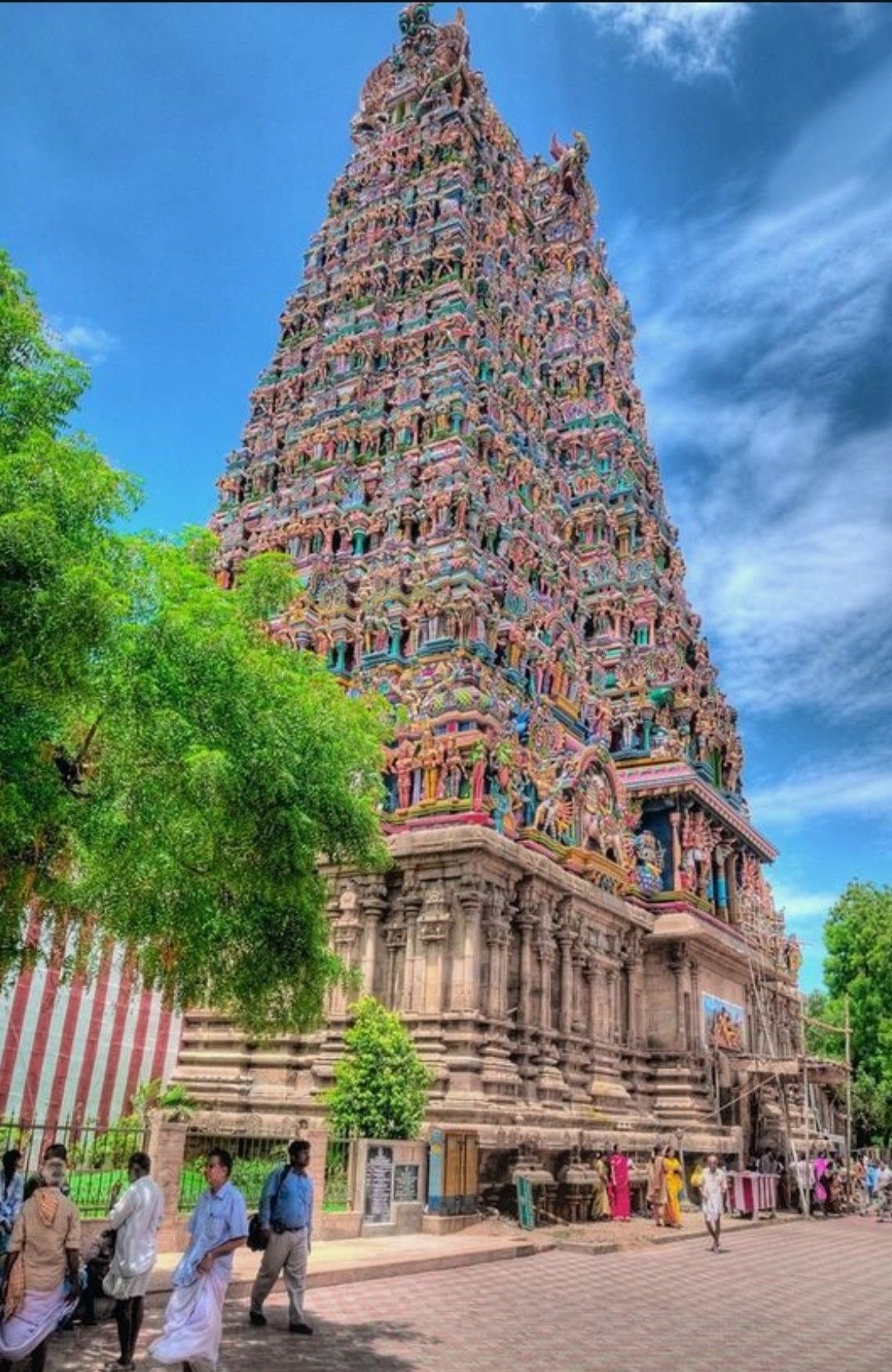

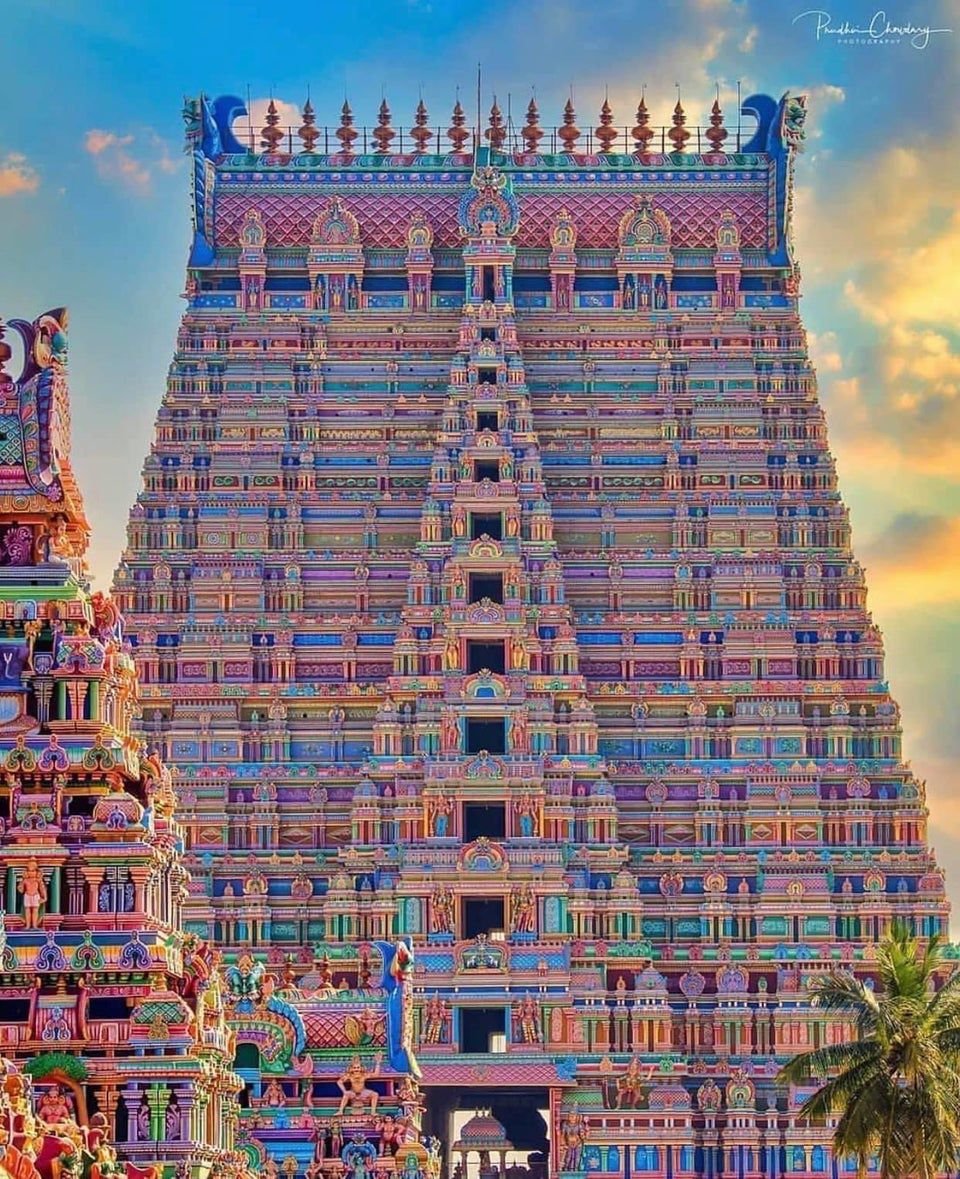


Architecture of the Temple
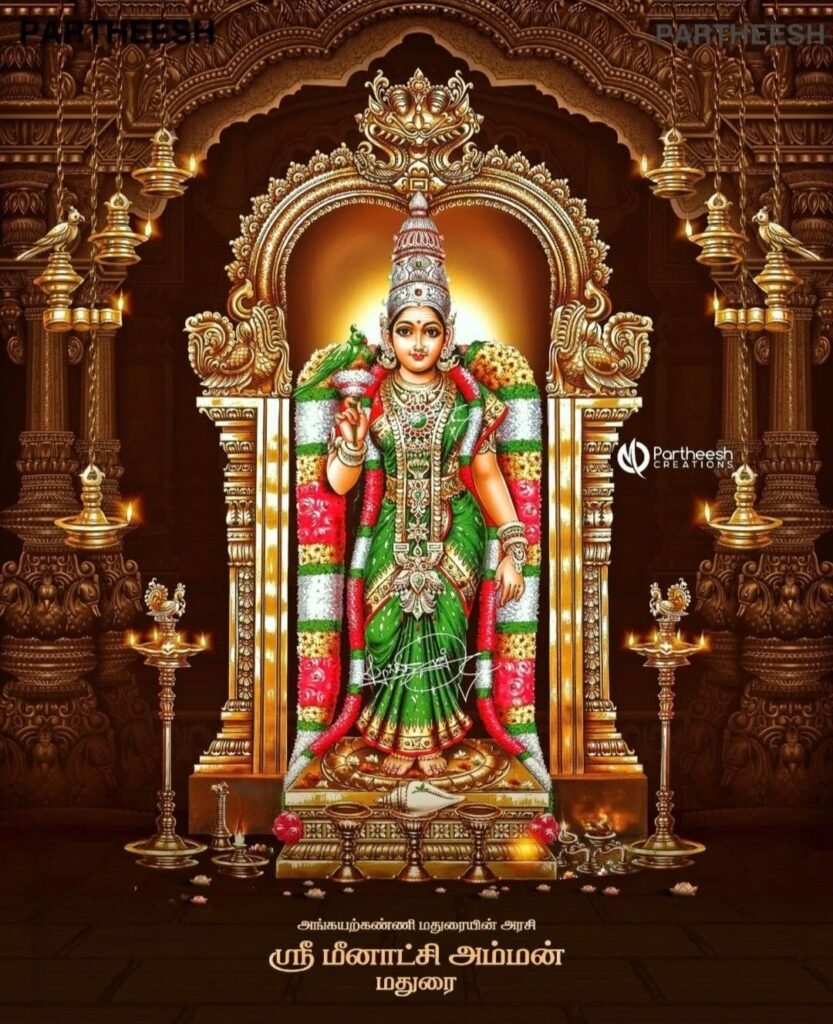
The Meenakshi Devi Temple is a spectacular example of Dravidian temple architecture, renowned for its grand scale, intricate carvings, and vibrant artistry. Spanning over 14 acres, the temple complex houses 12 gopurams (gateway towers), with the southern tower rising to an impressive 170 feet, adorned with thousands of colorful sculptures depicting gods, goddesses, demons, and mythical creatures.
The temple is built around two main sanctums: one for Goddess Meenakshi and the other for Lord Sundareswarar, connected by long corridors (mandapams) supported by ornately carved pillars. Among these, the Thousand Pillar Hall (Ayiram Kaal Mandapam) is a marvel, featuring elaborately sculpted pillars that create a sense of divine rhythm and symmetry.
Other notable architectural features include golden vimanas (temple towers) over the sanctums, sacred tanks, and pillared halls for cultural performances and rituals. Every sculpture, painting, and carving narrates mythological stories and spiritual symbolism, making the temple not only a place of worship but also a living museum of Tamil art and craftsmanship.
The Meenakshi Temple’s architecture exemplifies the fusion of devotion, artistry, and engineering, reflecting the grandeur of South Indian temple traditions and the enduring legacy of the Pandya and Nayaka dynasties.
How to Reach to Temple
How to Travel to Meenakshi Devi Temple, Madurai
1. By Air:
- Madurai Airport (IXM) is the nearest airport, about 12 km from the temple.
- It is well-connected to major Indian cities like Chennai, Bengaluru, Hyderabad, and Mumbai.
- From the airport, taxis, auto-rickshaws, and app-based cabs are available to reach the temple in 20–30 minutes.
2. By Train:
- Madurai Junction Railway Station is a major rail hub, located 2 km from the temple.
- Trains connect Madurai to most parts of India, including Chennai, Bengaluru, Delhi, Mumbai, and Kolkata.
- Auto-rickshaws, taxis, and buses are available from the station to the temple.
3. By Road:
- Madurai is well-connected by national and state highways.
- Regular buses run from nearby cities like Chennai (about 460 km), Coimbatore (220 km), and Rameswaram (170 km).
- Private taxis or car rentals are also convenient for flexible travel.
4. Local Transport:
- The temple is located in the heart of Madurai city.
- Walking is easy if you are staying nearby.
- Auto-rickshaws and cycle-rickshaws are commonly used for short distances.
Tips for Travelers:
Photography may be restricted in some sanctum areas.
Visiting early in the morning avoids heavy crowds.
Dress modestly, as it is a religious site.
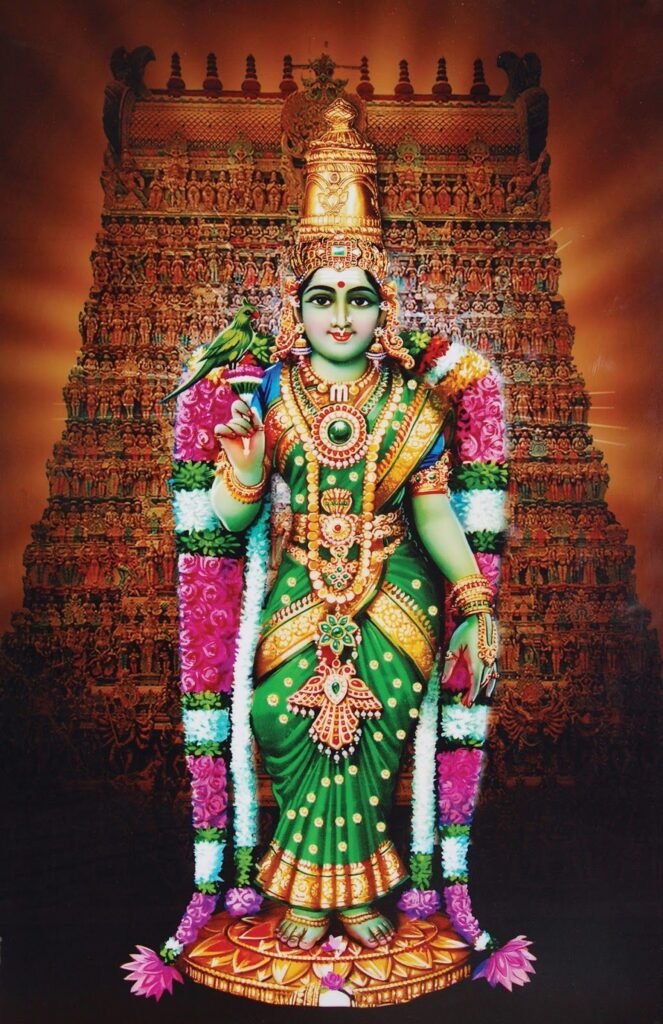
Temple Timings



